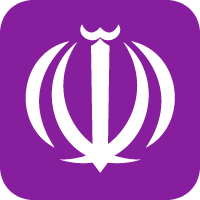The Lunisolar Calendar combines the Lunar and Solar Calendar to form another method of timekeeping. Discover how the Lunisolar calendar works as well as its application in other well-known calendars.
 A Lunisolar Calendar is a form of timekeeping based on both the Lunar and Solar cycles in which the months are determined by the lunar phases and the years by the solar phases. In essence, the lunisolar calendar combines both the Lunar Calendar and Solar Calendar. If the solar year is defined as a tropical year, the Lunisolar calendar will indicate the season and if the solar year is defined as a sidereal year, the Lunisolar calendar will predict the constellation near which the full moon may take place.
A Lunisolar Calendar is a form of timekeeping based on both the Lunar and Solar cycles in which the months are determined by the lunar phases and the years by the solar phases. In essence, the lunisolar calendar combines both the Lunar Calendar and Solar Calendar. If the solar year is defined as a tropical year, the Lunisolar calendar will indicate the season and if the solar year is defined as a sidereal year, the Lunisolar calendar will predict the constellation near which the full moon may take place.
There is often a requirement that the years have a whole number of months. Therefore, most years have 12 months but every two or three years, there are 13 months in total.
The Lunisolar calendar was used in early civilizations throughout the Middle East except Egypt and ancient Greece.
Examples of Lunisolar Calendars
The traditional Chinese calendar and Hebrew Calendar, also referred to as the Jewish calendar, are types of Lunisolar calendars. Both calendars track the tropical year and give an idea of the seasons.
The Buddhist Calendar and Hindu Calendar are also types of lunisolar calendars which track the sidereal year and give an idea of the position of the Full Moon amongst the constellations.
The Tibetan calendar, also a Lunisolar calendar, was influenced by both the Hindu and Chinese Calendars.
 |
 |
| Chinese Calendar | Jewish Calendar |
 |
 |
| Buddhist Calendar | Hindu Calendar |






